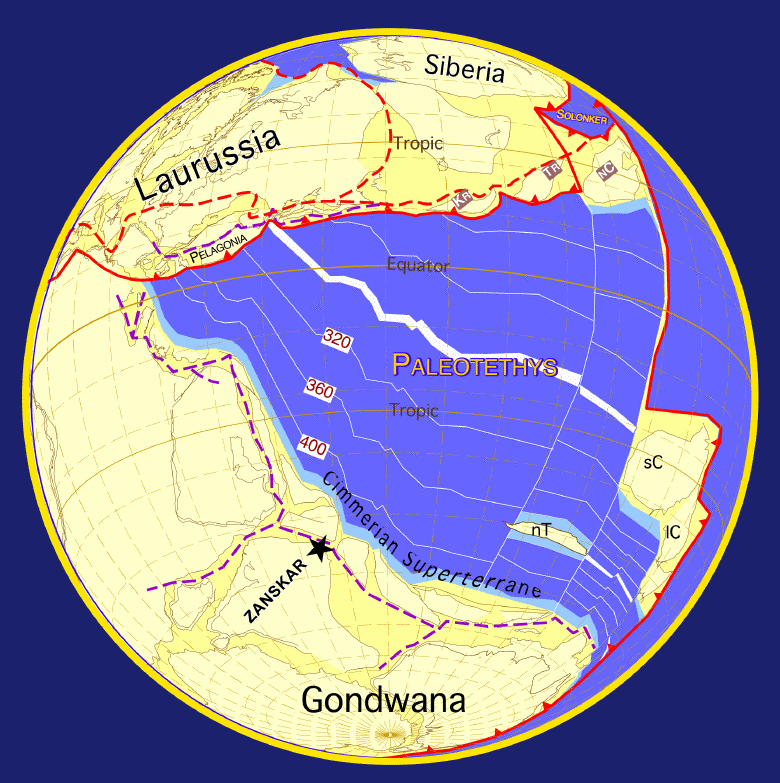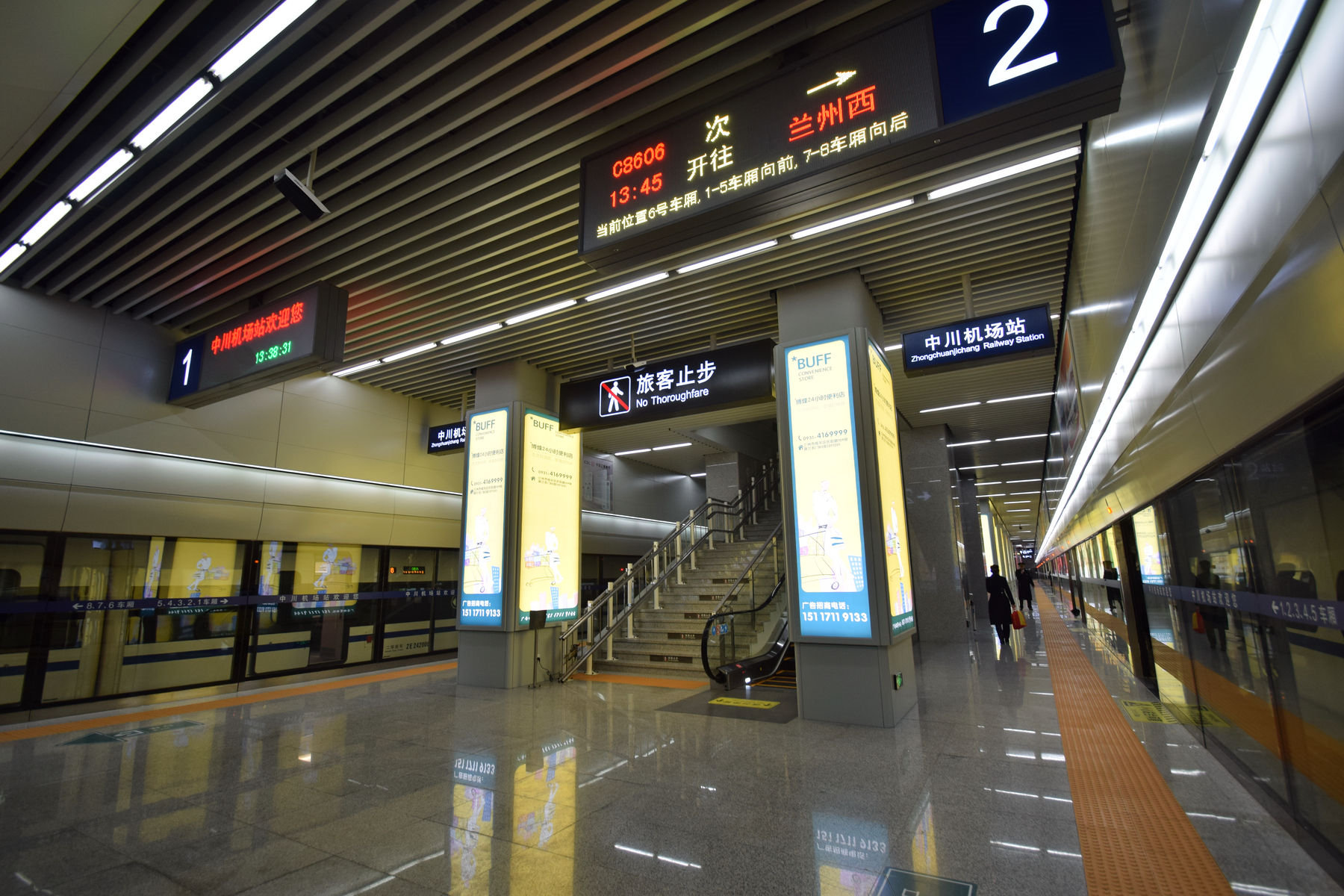|
Zhongchuan, Lanzhou
Zhongchuan is a town of Lanzhou New Area, China. Before 2019 it was part of Yongdeng County. In 2006 it had a population of 31,191, however by 2020, the entirety of Lanzhou New Area had a population of 450,000. The town is located in the middle of the Qinwangchuan plain, the largest plateau basin near Lanzhou, measuring roughly from north to south and from east to west. The area of the plain is and it is elevated between . The plain was formed 70 million years ago with the formation of the Himalaya. Around 200 BC, the plain was still humid, but during the Han dynasty the plain became very arid. Thanks to irrigation and new farming methods, it became a fertile agricultural area again. The town is known for its apricot orchards. From 2018, the entirety of the original town and several villages, totaling , were demolished to make way for the expansion of Lanzhou Zhongchuan Airport Lanzhou Zhongchuan International Airport is an airport serving Lanzhou, the capital of Gansu ... [...More Info...] [...Related Items...] OR: [Wikipedia] [Google] [Baidu] |
Towns Of China
When referring to political divisions of China, town is the standard English translation of the Chinese (traditional: ; ). The Constitution of the People's Republic of China classifies towns as third-level administrative units, along with for example townships (). A township is typically smaller in population and more remote than a town. Similarly to a higher-level administrative units, the borders of a town would typically include an urban core (a small town with the population on the order of 10,000 people), as well as rural area with some villages (, or ). Map representation A typical provincial map would merely show a town as a circle centered at its urban area and labeled with its name, while a more detailed one (e.g., a map of a single county-level division) would also show the borders dividing the county or county-level city into towns () and/or township () and subdistrict (街道) units. The town in which the county level government, and usually the division's mai ... [...More Info...] [...Related Items...] OR: [Wikipedia] [Google] [Baidu] |
Lanzhou New Area
Lanzhou New Area () is a state-level new area ( special economic and political administration zone) established in 2012 and is under the direct control of the municipal government of Lanzhou, Gansu province. It is located in the valley around Lanzhou Zhongchuan Airport, 30 kilometres from the old city of Lanzhou. It is the first state-level new development area in northwestern China, and the fifth state-level new area in the country. Background The establishment of Lanzhou New Area (LNA) is the culmination of multiple strategies both from Chinese Central Government and Gansu Provincial Government. Since China launched its Western Development initiative in 2000, several 'Western' Provinces, such as Shanxi, Guangxi, etc. have seen a flurry of investments during the last decade due to the favorable policies those provinces received from China's Central Government. With huge amount of capital investment issued from State's Financial Department, those provinces developed rapidl ... [...More Info...] [...Related Items...] OR: [Wikipedia] [Google] [Baidu] |
Yongdeng County
Yongdeng County () is a county of Gansu Province, China, it is under the administration of the prefecture-level city of Lanzhou, the capital of Gansu. Its postal code is 730300, and its population in 2020 was 520,000 people, of which 454,000 lived in rural communities and 4.5% were minorities.http://www.yongdeng.gov.cn/art/2020/3/5/art_1837_860941.html The county has been inhabited since the neolithic era, and has been inhabited by the Majiayao culture and Banpo culture. The economy of Yongdeng County is mainly dependent on agriculture. The Kushui rose, named after Kushui town in Yongdeng, is known throughout China, and is used in a variety of products such as tea, wine, sauce, snacks, candy, cigarettes, soap, perfume and cosmetics. 70% of the national production of this flower originates from Yongdeng County, which led to Yongdeng being known as the 'land of roses'. Other agricultural produce from Yongdeng include grapes, trout, mutton and various vegetables. Administrative d ... [...More Info...] [...Related Items...] OR: [Wikipedia] [Google] [Baidu] |
Geology Of The Himalaya
The geology of the Himalayas is a record of the most dramatic and visible creations of the immense mountain range formed by plate tectonic forces and sculpted by weathering and erosion. The Himalayas, which stretch over 2400 km between the Namcha Barwa syntaxis at the eastern end of the mountain range and the Nanga Parbat syntaxis at the western end, are the result of an ongoing orogeny — the collision of the continental crust of two tectonic plates, namely, the Indian Plate thrusting into the Eurasian Plate. The Himalaya-Tibet region supplies fresh water for more than one-fifth of the world population, and accounts for a quarter of the global sedimentary budget. Topographically, the belt has many superlatives: the highest rate of uplift (nearly 10 mm/year at Nanga Parbat), the highest relief (8848 m at Mt. Everest Chomolangma), among the highest erosion rates at 2–12 mm/yr, the source of some of the greatest rivers and the highest concentration of glac ... [...More Info...] [...Related Items...] OR: [Wikipedia] [Google] [Baidu] |
Han Dynasty
The Han dynasty (, ; ) was an imperial dynasty of China (202 BC – 9 AD, 25–220 AD), established by Liu Bang (Emperor Gao) and ruled by the House of Liu. The dynasty was preceded by the short-lived Qin dynasty (221–207 BC) and a warring interregnum known as the ChuHan contention (206–202 BC), and it was succeeded by the Three Kingdoms period (220–280 AD). The dynasty was briefly interrupted by the Xin dynasty (9–23 AD) established by usurping regent Wang Mang, and is thus separated into two periods—the Western Han (202 BC – 9 AD) and the Eastern Han (25–220 AD). Spanning over four centuries, the Han dynasty is considered a golden age in Chinese history, and it has influenced the identity of the Chinese civilization ever since. Modern China's majority ethnic group refers to themselves as the "Han people", the Sinitic language is known as "Han language", and the written Chinese is referred to as "Han characters". The emperor was at the pinnacle of ... [...More Info...] [...Related Items...] OR: [Wikipedia] [Google] [Baidu] |
Apricot
An apricot (, ) is a fruit, or the tree that bears the fruit, of several species in the genus ''Prunus''. Usually, an apricot is from the species '' P. armeniaca'', but the fruits of the other species in ''Prunus'' sect. ''Armeniaca'' are also called apricots. Etymology ''Apricot'' first appeared in English in the 16th century as ''abrecock'' from the Middle French ''aubercot'' or later ''abricot'', from Spanish '' albaricoque'' and Catalan ''a(l)bercoc'', in turn from Arabic الْبَرْقُوق (al-barqūq, "the plums"), from Byzantine Greek βερικοκκίᾱ (berikokkíā, "apricot tree"), derived from late Greek ''πραικόκιον'' (''praikókion'', "apricot") from Latin '' ersica ("peach")praecocia'' (''praecoquus'', "early ripening"). Species Apricots are species belonging to ''Prunus'' sect. ''Armeniaca''. The taxonomic position of '' P. brigantina'' is disputed. It is grouped with plum species according to chloroplast DNA sequences, but more closely r ... [...More Info...] [...Related Items...] OR: [Wikipedia] [Google] [Baidu] |
Lanzhou Zhongchuan International Airport
Lanzhou Zhongchuan International Airport is an airport serving Lanzhou, the capital of Gansu Province, China. It is located northwest of downtown Lanzhou. It was opened in 1970 and serves as a major air hub for the province of Gansu and western China. There are eight gates served by aerobridges in the terminal. A new larger (61,000 m2) Terminal 2 is located to the South, adjacent to the existing terminal. The new terminal adds nine aerobridges. Lanzhou Airport is a focus city for Hainan Airlines. Passenger traffic at Lanzhou Airport in 2014 was 6.58 million, with 10 million passengers per year projected for 2020. History Lanzhou's first airport, Gongxingdun Airport, was located just from the city centre. By 1957, the Civil Aviation Administration of China decided that Gongxingun Airport's location was too restrictive for the aviation needs of Lanzhou and designated a new site near Zhongchuan town. Due to the geography of Lanzhou, this closest suitable location is from d ... [...More Info...] [...Related Items...] OR: [Wikipedia] [Google] [Baidu] |



